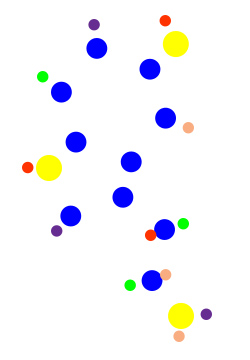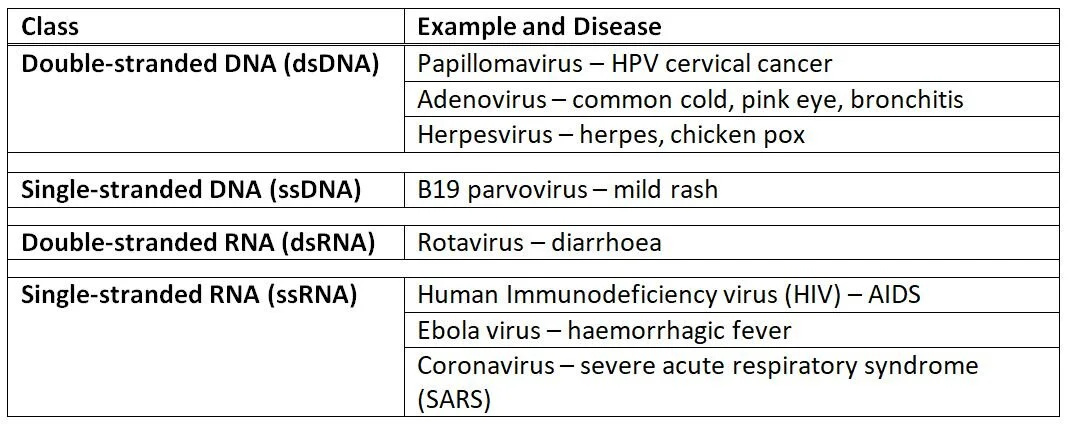What are viruses?
/It is a wonder how something as small as a virus can cause diseases in humans with sometimes life-threatening effects such as AIDS or the recent outbreak of the new coronavirus (COVID-19). This post is one of three designed to help you understand what viruses actually are and how they can lead to human diseases.
What are viruses?
Viruses are obligate intracellular parasites. The very reason for its existence is to make more copies of itself. However, viruses are not cells and are considered not to be alive as they cannot reproduce on their own. The only way for a virus to survive is by infecting a specific host cell and basically converting that cell into a viral factory to reproduce 100s of new viruses.
What do viruses have in them?
Viruses do not need to have much in them as the host cell provides most of the components and molecular machinery for the virus to replicate (make copies of itself). They are, therefore, small in size (0.02 – 0.4mm, too small to see under the microscope), containing a nucleic acid (DNA or RNA) genome surrounded by a protective protein coat called a capsid. Capsids have various structures and are important for the virus to be able to attach to the host cell. For example, the main picture of this blog post is an example of a virus with head and tail sections allowing it to attach and then inject its genome into its host cell. Some viruses may also have a membranous envelope to help them enter and leave their host cell.
Classification of viruses
Viruses are classified according to their structure, genome type and chemical composition. However, viruses are predominately classified according to their genome as this is the most important characteristic of the virus as it is essential for producing new viruses.
Viral genomes consist of nucleic acids, DNA or RNA, and are classified accordingly (see Table 1 for the basic classification). The genome is usually organised as a single linear or circular molecule. Some viruses have both DNA and RNA but at different stages of their reproductive cycle. The smallest virus has only four genes, while the largest has nearly 1000. For comparison, the genome of the bacteria Escherichia coli has over 4000 genes.
Table 1 – Basic Classification of Animal Viruses. Viruses are classified according to their genome, DNA or RNA. Also listed are some of the common diseases caused by each family of viruses.
There is an estimate of no fewer than 320,000 mammalian viruses (Anthony et al 2013). Some of these viruses are relatively harmless with no noticeable effect on their host, while others can be fatal. However, in all cases, a virus will need to enter its host cell in order to produce new viruses.
The next post describe how viruses replicate.
If you enjoyed reading this, please like, share or leave a comment.




